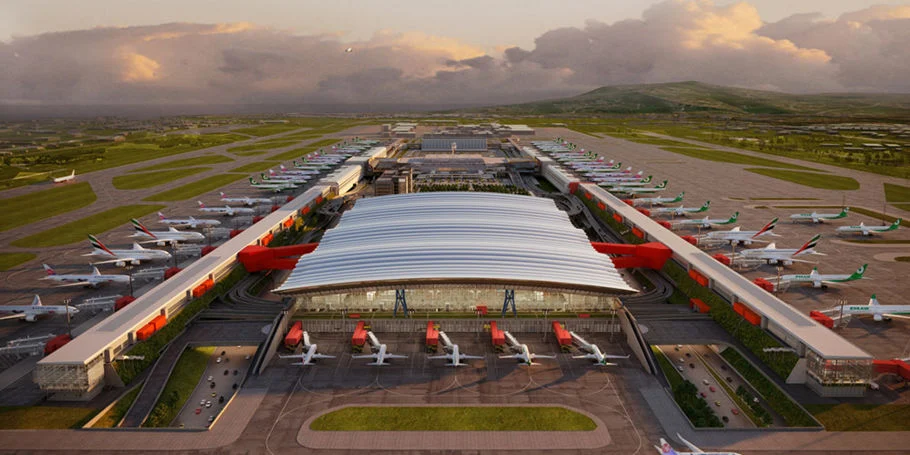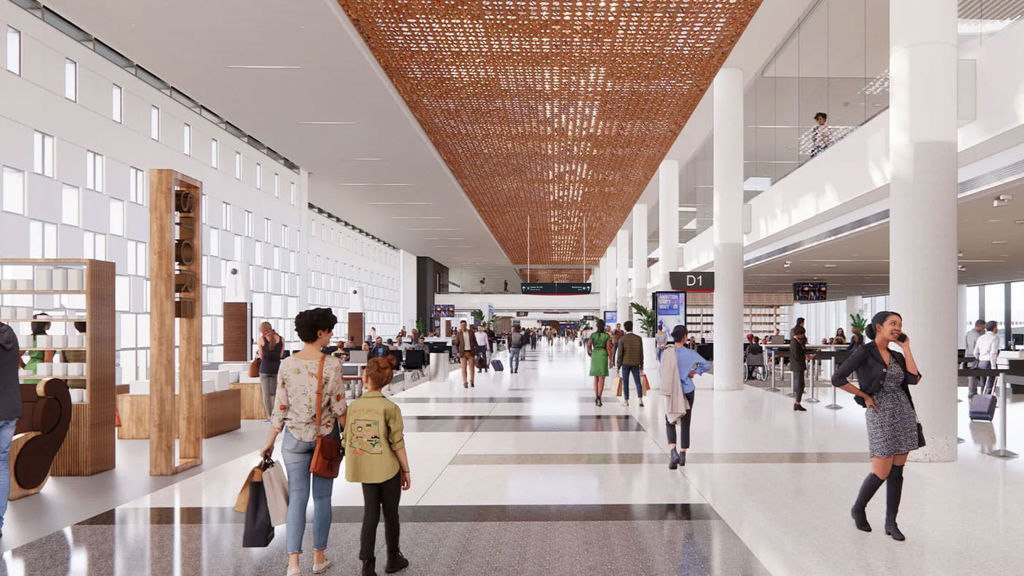Perth Airport committed to a AUD1bn redevelopment and consolidation plan which will see all commercial air services relocated to one operating precinct, Airport Central.
In 2015, Perth Airport unveiled the single largest element of Airport Central – the AUD200m Terminal 1 Domestic facility which is now home to Virgin Australia. The design for T1 Domestic involved multiple stakeholders with highly complex operational processes.
We implemented a stakeholder engagement strategy, providing a clear process which defined stakeholder requirements for inclusion in the design. We also provided transport planning, aviation planning, structural and civil engineering, blast and security, façade and acoustics design and site supervision.
The final design delivered several exciting firsts for Perth Airport including a combined international and domestic service offering at T1, two A380 gates, the introduction of cutting-edge self-service technology and the ability for passengers to transfer seamlessly between regional, interstate and international services in one convenient location.
Our design leadership advice (co-delivered with architect Woods Bagot) assisted the interface of concurrent adjacent projects and ensured the existing terminal remained operational.
Better connecting Western Australia with the world
T1 Domestic improves the passenger experience and supports Perth Airport’s vision to transform the airport into an international gateway.
T1 Domestic’s 200-metre-long pier sits at the western end of the Terminal 1. It is designed to cater for wide-bodied domestic A330 aircraft and includes:
- 14 domestic check-in counters using Virgin Australia’s new self-service technology
- Domestic passenger security screening zone
- New premium guest lounge
- 12 new aerobridge gates (Code C, MARS Code C/E and Code F)
- Two large baggage reclaim belts
- Airside link bridge to Terminal 2 for connecting regional flights.
Passengers enter T1 Domestic’s pier via a 50-metre link serviced by dual travelators, which lead to a spacious departures area where a retail, food and beverage hub is located.












